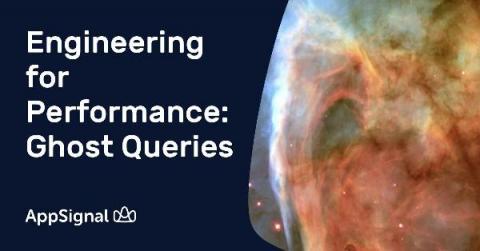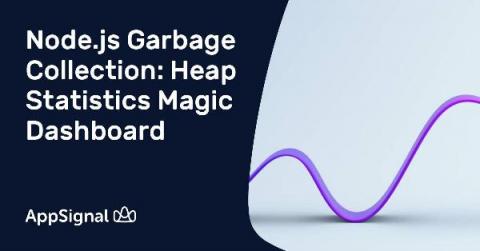Node.js's Underrated Combo: Passport and CASL
It’s easy to get lost with dozens of plugins and frameworks when starting a new project that requires basic authentication and authorization capabilities. It doesn’t have to be that way. In this article, we’re going to explore two valuable Node.js packages — Passport and CASL — that can help you boost the security of your application by providing both authentication and authorization functionality.











